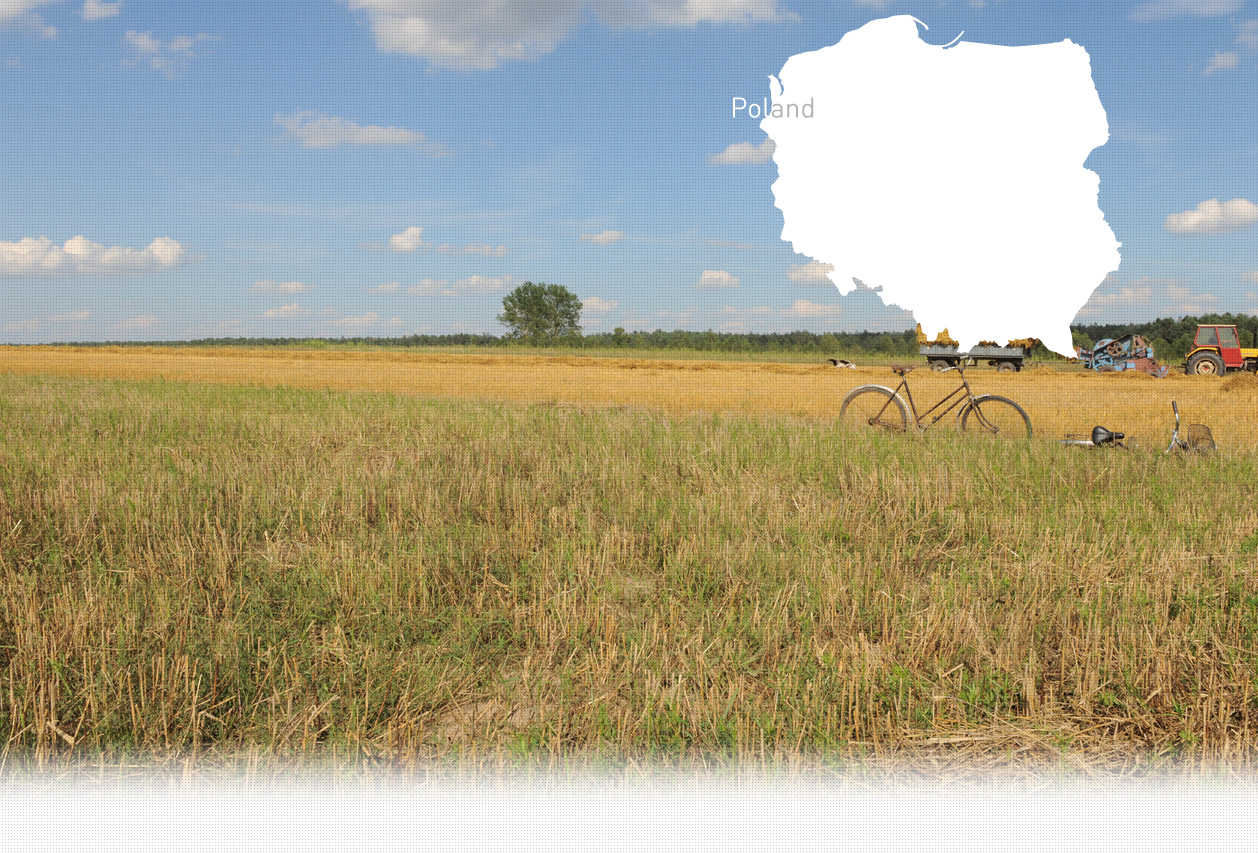

1 Killing site(s)
Helena K., born 1921: "I felt sorry for the young Jewish couple. Their child was a year and two months old. At first, they stayed in the house for about a week. But then they started saying, ’Don’t keep us in the house, because if the Germans come, they’ll kill all of you. We’ll stay in the barn.’ They slept up in the hay. I gave them a blanket and two pillows. The child was so smart; it didn’t cry at all. I don’t know how they did it, but the child didn’t make a sound. They pulled their food up with a ladder so no one would see them, because if anyone found out, I’d be accused, and that would be the end of us. I kept them for two or three months. Then my uncle came and scared me, saying, ’Let the Jews go. If the Germans find out, they’ll kill you all.’ So, I told them. They said, ’We understand. We’ll go when it gets dark.’ I prepared some milk and bread, and they left. They didn’t get far before the Germans killed them." (Testimony N°YIU525P, interviewed in Stanisławów Pierwszy, on September 29, 2015)
"Around 80 Jews shot in spring 1944." [Court Inquiries about executions and mass graves in districts, provinces, camps and ghettos = Ankieta Sadow Grodzkich, 1945 Reel 13 File 45]
Izabelin is a village in Poland, located in the Masovian Voivodeship, within Legionowo County, in the administrative district of Gmina Nieporęt, about 10 kilometers (6 miles) from Radzymin. The settlement of Izabelin was founded on May 6, 1824, on the swampy land of the Nieporęt estate. A peat mine operated in both Izabelin and Nieporęt before the outbreak of the war. Prior to the war, there was a Jewish community in Izabelin, engaged in trade and shopkeeping. A local witness specifically recalls a Jewish shopkeeper named Itsko, who owned a store in the village.
Izabelin was occupied by German forces in September 1939. In the spring of 1942, a forced labor camp was established near the village. Approximately 230 Jews, mainly from Radzymin (100 Jews), Jadów (50 Jews), and Wołomin (80 Jews), were forced to work in peat extraction. The camp was divided into two sections: Żandary, where women were kept, and the Magistrat camp for men. Polish workers were also present, but according to a Yahad witness, the Jews were forbidden to speak to them under the threat of execution. One witness interviewed by Yahad reported that Jewish workers were intentionally separated from the Poles and worked in entirely different areas for peat extraction. The camp also had a kitchen where some Poles worked for payment, alongside Jewish prisoners who were forced to work there. Despite the harsh conditions, the camp had no permanent German presence and was not fenced in.
The liquidation of the Izabelin camp took place around the same time as the liquidation of the Radzymin ghetto on October 3, 1942. Gendarmes arrived, ordered the prisoners to dig their own graves in the nearby forest, strip naked, and then shot them. Approximately 160 Jewish prisoners were murdered. According to the Yahad witness, several Jewish workers from the camp’s canteen were also killed during the liquidation. After the executions, local Poles were requisitioned by the Germans to bury the victims’ bodies.
Around 70 prisoners managed to escape during the camp liquidation. Some of the escapees set up a makeshift camp in the nearby woods, but it was discovered and dismantled by gendarmes on October 24, 1942 (according to one source, in spring 1944).
Isolated shootings of Jews in hiding continued in Izabelin and the surrounding area until the end of the German occupation. In recent years, a memorial was erected at the killing site to honor the victims.
Do you have additional information regarding a village that you would like to share with Yahad ?
Please contact us at contact@yahadinunum.org
or by calling Yahad – In Unum at +33 (0) 1 53 20 13 17